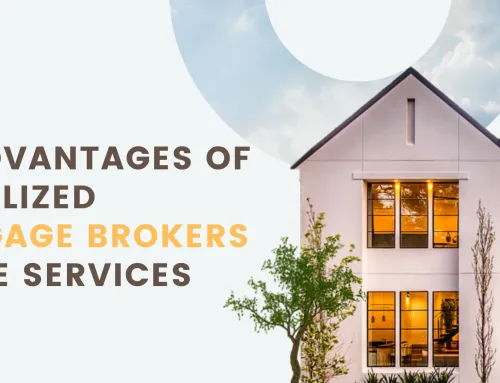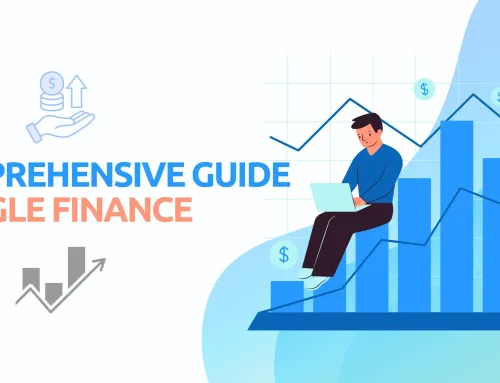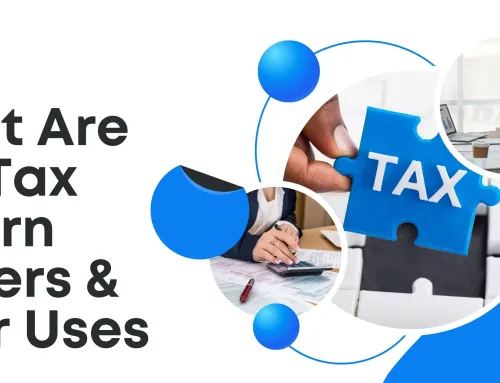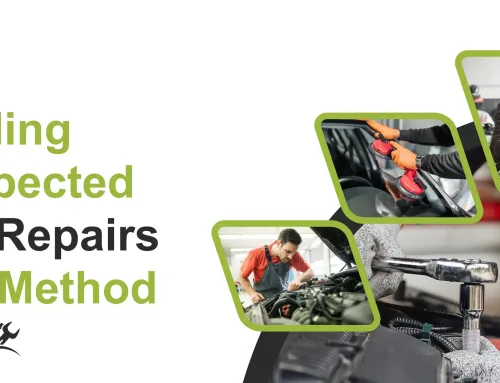Are you living without any emergency savings whatsoever? This is a problem, and it’s one that you’ll want to fix as soon as possible.
The Problem of Living without Emergency Savings
Living without any emergency savings will make you extremely vulnerable to any urgent, unplanned expenses that come your way. One of these expenses could completely upend your financial stability for weeks — even months.
Without savings, you might use the funds sitting in your checking account to cover an urgent expense right away. This may seem like a good solution at first, but using the funds in your checking account could completely dismantle your budget.
You might not have enough money left over for essentials like your rent, your utility bills, or your groceries. This could force you to pay your utility bills past the deadlines and collect late fees. Or you could accidentally push your account into overdraft trying to afford your usual expenses and get charged with a slew of overdraft fees.
All of these financial problems are completely avoidable with the help of an emergency fund.
Building an Emergency Fund
An emergency fund is an essential safety net that every single adult should have. It’s a collection of savings that are specifically reserved for urgent, unplanned expenses.
These are some scenarios that an emergency fund could help with:
- A clogged kitchen sink
- A broken AC unit
- A leaking roof
- A car with a flat tire
- A terrible toothache
- A pet that needs to be rushed to the vet
The main benefit of an emergency fund is that you can pay off one of these urgent, unplanned expenses without worrying about how it will affect your other expenses for the month. Since you’re withdrawing funds from your savings account, your payment should have no impact on the activity in your checking account. You’ll still be able to cover your essential expenses as normal, and you won’t accumulate a series of late fees, overdraft fees, or NSF fees.
How Can You Get Started on an Emergency Fund?
To get started on an emergency fund, you should open up a savings account. This will be your dedicated account for emergency savings. You shouldn’t use it for any other purpose — not college savings, vacation savings, or any other financial goal.
Once you’ve opened the savings account, you should take a look at your budget. See how much you can afford to dedicate to emergency savings every month. Then, add emergency savings as a monthly category. You may have to shrink some of your non-essential and variable expenses in order to do this.
Read: Commercial Loan Truerate Services
After determining how much you can contribute to your emergency fund every month, you can automate this contribution through your online bank account or mobile banking app. Set up the automatic transfer between your checking account and savings account. This way, you can guarantee that you’re always remembering to add to your emergency fund. The safety net will grow stronger and stronger every single month.
What If You Don’t Have Enough Emergency Savings?
While your emergency fund is still new, it will be fairly empty. There is a chance that you’ll get hit with an urgent expense that your small amount of savings won’t cover. In that case, avoid the temptation to dip into your checking account and disrupt your financial stability.
A wiser solution might be to borrow funds to cover the expense quickly and follow a steady repayment process afterward. For instance, you could go to a website for personal lines of credit and see whether you’re eligible to apply for this type of loan. If you are, you could apply online in a short amount of time. It could take you less than ten minutes to send in the application and wait to learn about your approval.
If you’re approved for a personal line of credit, you could use the revolving credit tool to pay off an urgent expense without savings. After that, you could replenish the credit you withdrew through a monthly billing cycle. It’s that simple.
It’s time to stop living without emergency savings. Build this safety net as soon as possible!






